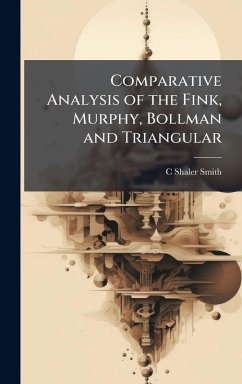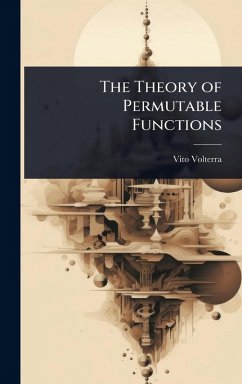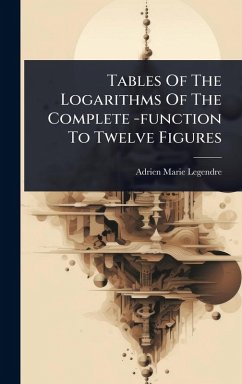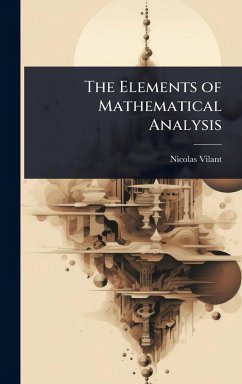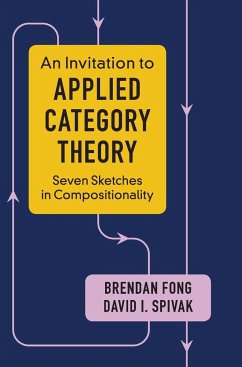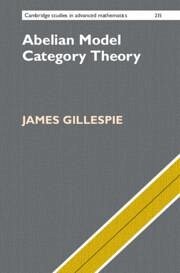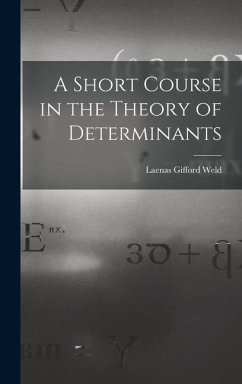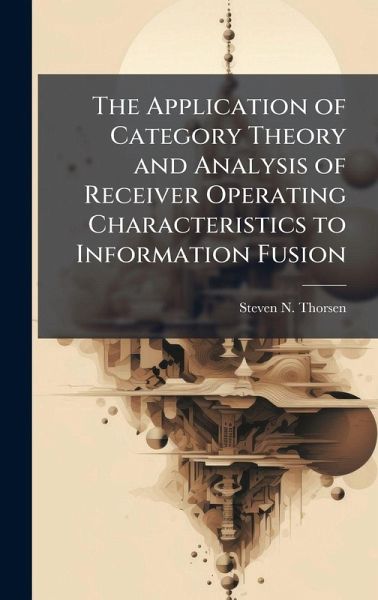
The Application of Category Theory and Analysis of Receiver Operating Characteristics to Information Fusion
Versandkostenfrei!
Versandfertig in über 4 Wochen
29,99 €
inkl. MwSt.
Weitere Ausgaben:

PAYBACK Punkte
15 °P sammeln!
Multisensor data fusion is presented in a rigorous mathematical format, with definitions consistent with the desires of the data fusion community. A model of event-state fusion is developed and described . Definitions of fusion rules and fusors are introduced, along with functor categories, of which they are objects. Defining fusors and competing fusion rules involves the use of an objective function of the researchers choice. One such objective function, a functional on families of classification systems, and in particular receiver operating characteristics (ROCs), is introduced. Its use as a...
Multisensor data fusion is presented in a rigorous mathematical format, with definitions consistent with the desires of the data fusion community. A model of event-state fusion is developed and described . Definitions of fusion rules and fusors are introduced, along with functor categories, of which they are objects. Defining fusors and competing fusion rules involves the use of an objective function of the researchers choice. One such objective function, a functional on families of classification systems, and in particular receiver operating characteristics (ROCs), is introduced. Its use as an objective function is demonstrated in that the argument which minimizes it (a particular ROC), corresponds to the Bayes Optimal threshold, given certain assumptions, within a family of classification systems. This constraint is extended to ROC manifolds in higher dimensions. Under different data assumptions, the minimizing argument of the ROC functional is shown to be the point of a ROC manifold corresponding to the Neyman-Pearson criteria. A second functional is shown to determine the min-max threshold. A more robust functional is developed. This work has been selected by scholars as being culturally important, and is part of the knowledge base of civilization as we know it. This work was reproduced from the original artifact, and remains as true to the original work as possible. Therefore, you will see the original copyright references, library stamps (as most of these works have been housed in our most important libraries around the world), and other notations in the work. This work is in the public domain in the United States of America, and possibly other nations. Within the United States, you may freely copy and distribute this work, as no entity (individual or corporate) has a copyright on the body of the work. As a reproduction of a historical artifact, this work may contain missing or blurred pages, poor pictures, errant marks, etc. Scholars believe, and we concur, that this work is important enough to be preserved, reproduced, and made generally available to the public. We appreciate your support of the preservation process, and thank you for being an important part of keeping this knowledge alive and relevant.



